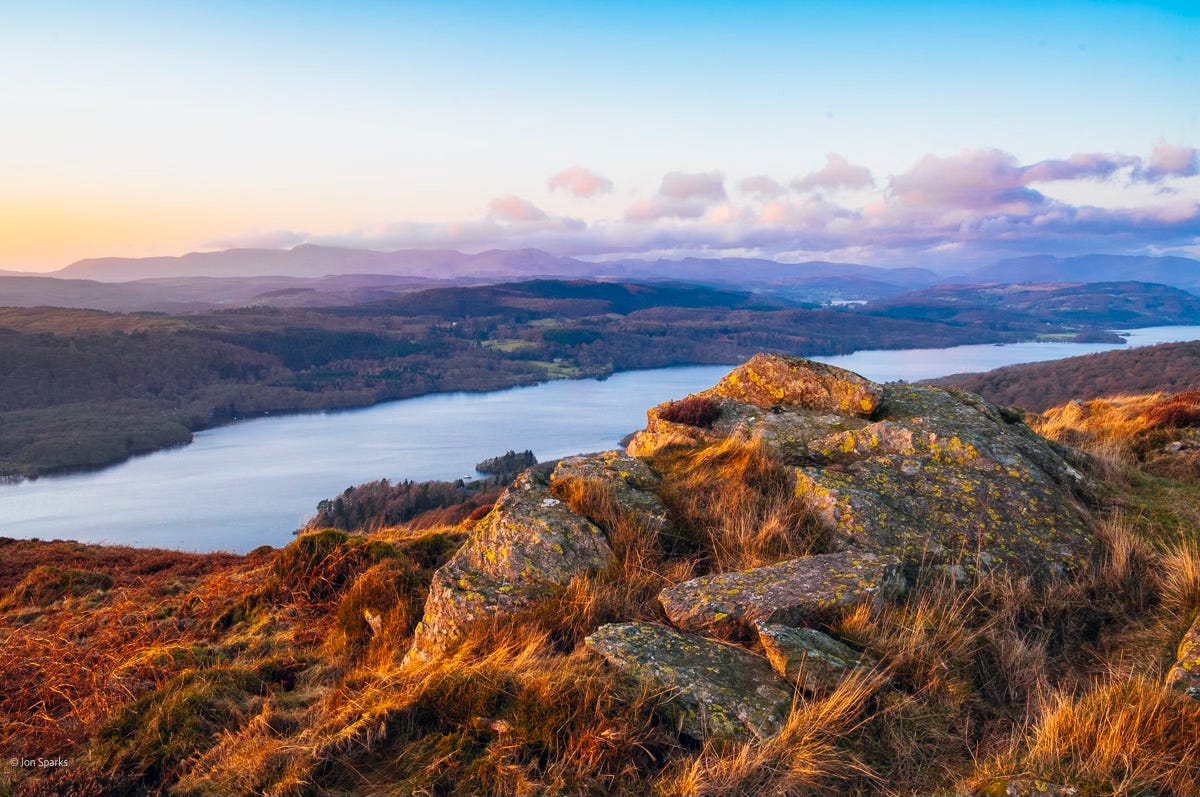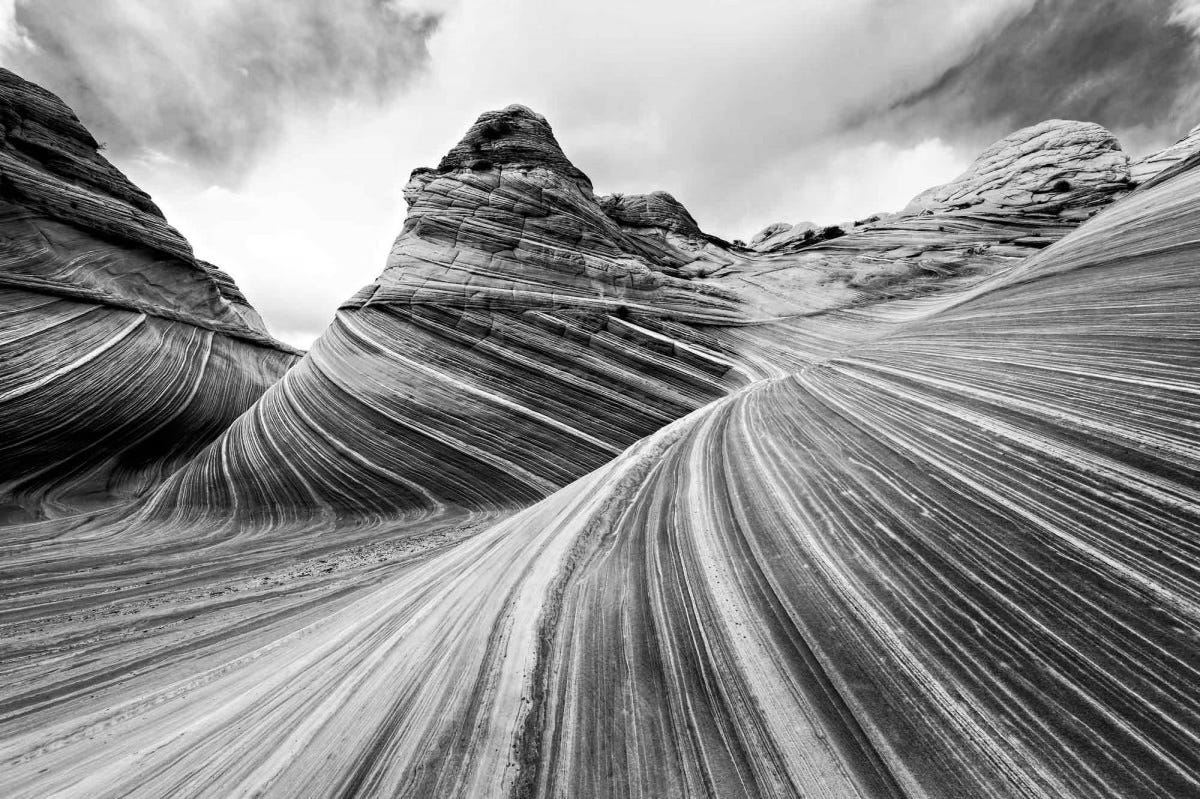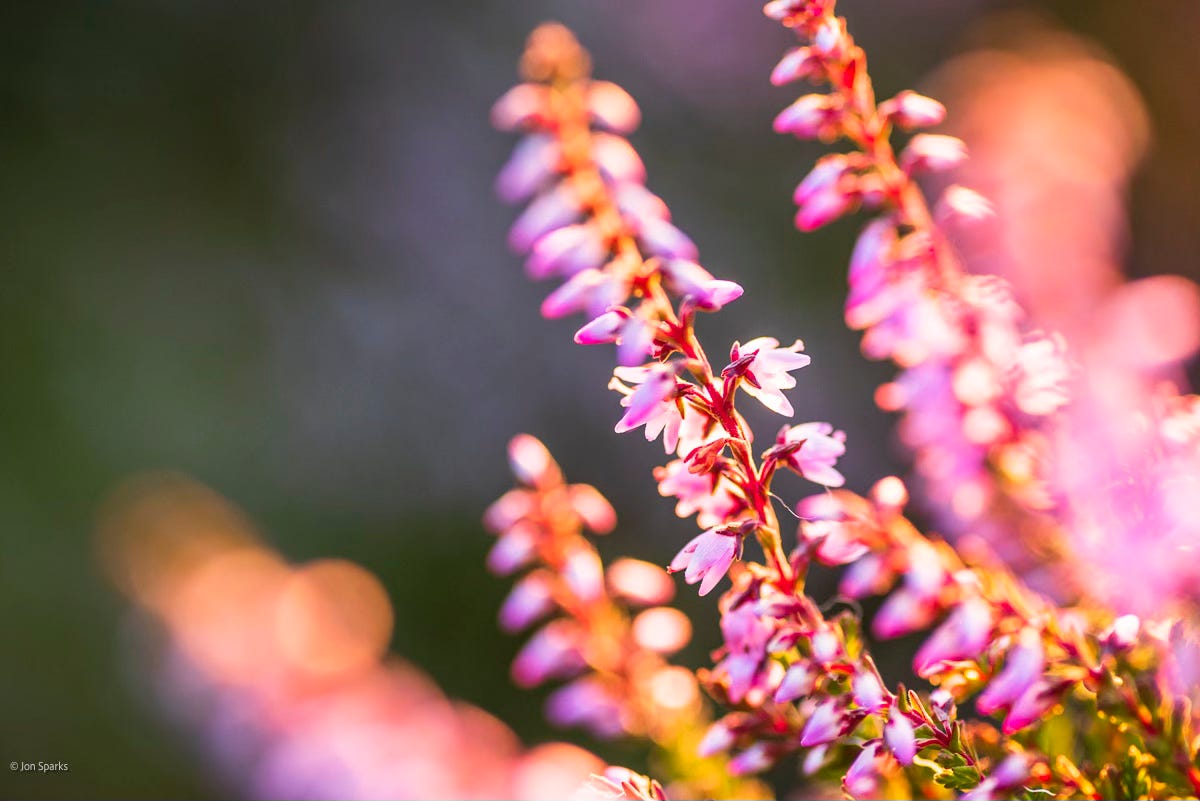Before I dive in to the meat of my post, a mini book review. I’ve just finished the audiobook of Emily St John Mandel’s Sea of Tranquility. If I say it was better than Station Eleven, is that sufficient recommendation? If not, I’m really not sure how to say anything without a major spoiler, so if you’d rather avoid such things, just jump to below the cover pic.
The book unfolds with multiple narratives set in different times, past and future; each is engaging but it takes a while before we grasp the connection; this is where the spoiler comes in. It’s not just a time-travel story, but an extended riff on the 'Simulation Hypothesis' (and as such, better than The Matrix). And one of the characters gives what I think might be the only rational response, should there ever be convincing proof that we are indeed living in a simulation running on someone else’s servers: 'So What?
Many of you will know that for thirty years a large part of my income came from photography, and the majority of that was outdoors, shooting either landscape or outdoor pursuits. I always married it with writing, and I have sometimes mused on how the two fed off or reinforced with each other.
One reviewer of Three Kinds of North, Norman Hadley, saw one kind of connection;
Jon is a photographer by background and this shines through in the prose as an intense watchfulness: small details, whether in a rock outcrop or a facial expression, are captured with vigilant clarity.
That’s a very satisfying thing to read, especially from a professional peer (Norman is a poet and fellow outdoor writer); it also set me thinking about whether I’m particularly visual in my writing. The paradox, perhaps, is that most of my non-fiction writing was destined to be set alongside images, often my own, so one of the things I had to think about was not repeating in the text what was already there in the photos. You can see what the rock looks like, but how does it feel to the fingers? After one particularly memorable day’s climbing in Switzerland, we finished, tired and hungry, by crossing the Grimselsee dam and exiting up a concrete stairwell—and I noticed as never before just how distinctive the smell of concrete can be. And then, as I emerged into a twilit car-park, my rope-mate’s car was already filling the night with Fleetwood Mac: Rumours had been the main soundtrack to our trip. All part of the story.
Perhaps this all boils down to attentiveness—watchfulness, in Norman’s word. And photography is certainly a good way—though definitely not the only way—to cultivate the art of paying attention. At least, that is, for those photographers who set out with an open mind and an open eye. There are many stories of people queuing to get The Shot at top Instagram locations, but this isn’t an entirely new thing: I remember my inward cringe at least twenty years ago when I heard about signs, sponsored by Kodak, appearing at certain spots which read (approximately); 'Great View! Shoot From Here!’
Professional demands meant that I, as a Lake District photographer, couldn’t entirely ignore 'classic' views like the Wast Water prospect once voted the nation’s favourite… but I’m quietly proud that I only ever once set up my tripod at Ashness Bridge. I always found much more satisfaction in making something out of the unsung or unexpected.
In photography, as in writing, my preferred approach has always been intuitive rather than analytical. In fact much of what I think I know about the craft has been distilled through both teaching and writing about it. The great thing about face-to-face teaching, which you don’t always get from writing, is that you learn from your students.
And one of the best lessons I ever got was from the (adult) student who said, during a photo-critique, "This is a good photograph because it follows the Rule of Thirds." It’s stuck with me ever since, so much so that I know I’m quoting him exactly. At the time I was completely floored. I knew something was wrong with the statement, but I didn’t know where to begin in addressing it.
What I probably should have done is respond with the words of Ansel Adams, one of the greatest of all landscape photographers: "There are no rules for good photographs, there are only good photographs." I used exactly that quote at the head of a mini-rant on my photography blog some years later, and to this day it’s one of my favourite precepts, not just in photography but in most aspects of life. In fact so much so that I’m going to repeat it more prominently:
"There are no rules for good photographs, there are only good photographs."
Of course, like anything else, you can take this too far. There are some rules which really should be adhered to, like driving on the left (I’m in the UK) and stopping at red lights. In photography, 'take the lens cap off' is a good one—and not just because it yields the best moment in the movie Crocodile Dundee).
More to the point, whatever Adams said about rules, he wasn’t remotely anarchic in his approach to photography. His strong belief in technique and craft is implicit in his statement, "You don’t take a photograph, you make it," and exemplified in his formulation of the 'Zone System' approach to exposure, developing and printing. This was originally developed (in collaboration with Fred Archer) for monochrome photography, but it can be adapted to every other medium. To this day it informs my approach to digital photography and image processing.
I studied Adams’s books on photo technique (The Camera, The Negative, and The Print) long before I became a professional myself, but I will admit that as reading matter they’re on the dry side. The books of his that I still have on my shelves are collections of photographs, including Ansel Adams in Color (it still surprises many people that he did work extensively in colour).
And the photographs are glorious, which is the whole point. Isn’t it?
One more Adams quote:
"A great photograph is a full expression of what one feels about what is being photographed in the deepest sense, and is, thereby, a true expression of what one feels about life in its entirety."
Coincidentally (or not, if you think they are watching us all the time), I’ve just seen a Facebook ad headed 'how to produce pixel-perfect images'. 'Pixel-perfect' sounds great, doesn’t it? But is it what really matters? I've literally seen enthusiast photographers walking round an exhibition peering closely at every print to check whether it's pin-sharp, but never standing back to take in the image as a whole.
Same with writing. You may want every sentence to be as perfect as possible. (James Baldwin: "You want to write a sentence as clean as a bone. That is the goal.") But perfect sentences don't automatically make perfect paragraphs, and perfect paragraphs don't automatically make perfect chapters.
Details are important, as Ansel Adams would surely agree, but don't lose sight of the bigger picture. But remember that the converse is equally true. Maybe that’s not a lesson from photography so much as a lesson from life.







Interesting article thanks and good to be reminded of that quote 'There are no rules for good photographs, there are only good photographs.'
"You may want every sentence to be as perfect as possible. (James Baldwin: "You want to write a sentence as clean as a bone. That is the goal.") But perfect sentences don't automatically make perfect paragraphs, and perfect paragraphs don't automatically make perfect chapters". Remarkable statement, thanks Jon.